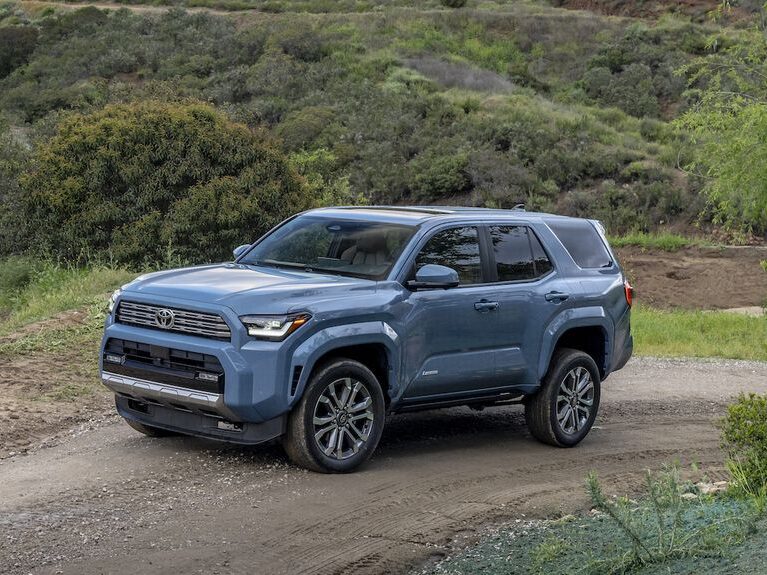In 2024, the phenomenon of the Toyota 4Runner outselling its larger Honda competitor could be attributed to a combination of several factors, including market trends, consumer preferences, brand loyalty, and product offerings. Let’s delve into each aspect to understand this dynamic.

Firstly, market trends play a crucial role in determining consumer behavior. Over recent years, there has been a noticeable shift in consumer preferences towards smaller, more agile SUVs. This trend can be attributed to various factors such as urbanization, concerns about fuel efficiency, and a desire for vehicles that are easier to maneuver and park in crowded city environments. The Toyota 4Runner, with its relatively compact size compared to its Honda counterpart, may appeal more to consumers looking for a versatile SUV that strikes a balance between off-road capability and urban practicality.
Secondly, consumer preferences are heavily influenced by brand perception and reputation. Toyota has built a strong reputation for reliability, durability, and off-road prowess with its lineup of trucks and SUVs, including the 4Runner. This reputation fosters brand loyalty among consumers who trust Toyota vehicles to deliver on their promises, even in challenging driving conditions. On the other hand, while Honda is renowned for its engineering excellence and quality, its larger SUVs may not enjoy the same level of recognition or perceived ruggedness as Toyota’s offerings.
Moreover, product offerings and marketing strategies play a pivotal role in driving sales. Toyota may have positioned the 4Runner as a more versatile and adventure-ready SUV compared to Honda’s larger counterpart. By emphasizing features such as off-road capability, towing capacity, and rugged design, Toyota could appeal to a broader audience of outdoor enthusiasts, weekend adventurers, and families seeking a vehicle that can handle both daily commutes and weekend getaways. Honda, meanwhile, may need to reassess its product positioning and marketing tactics to better compete with Toyota in this segment.
Additionally, pricing and incentives can sway consumer decisions when choosing between competing vehicles. If Toyota offers competitive pricing, attractive financing options, or enticing incentives such as cash rebates or complimentary maintenance plans, it could tip the scales in favor of the 4Runner over its Honda rival. Pricing strategies should align with perceived value and affordability to resonate with target consumers and encourage them to choose the Toyota 4Runner over alternatives.
Furthermore, technological advancements and innovations could differentiate the Toyota 4Runner from its Honda competitor. Whether it’s in terms of advanced safety features, connectivity options, or off-road technologies, Toyota may have equipped the 4Runner with cutting-edge amenities that appeal to tech-savvy consumers seeking modern conveniences and peace of mind behind the wheel. By staying ahead of the curve in terms of innovation, Toyota can maintain its competitive edge and attract buyers who prioritize technology and innovation in their purchasing decisions.
In conclusion, the Toyota 4Runner’s success in outselling its larger Honda competitor in 2024 can be attributed to a combination of market trends, consumer preferences, brand loyalty, product offerings, pricing strategies, technological innovations, and marketing efforts. By understanding and addressing these factors, automakers can adapt their strategies to meet evolving consumer demands and maintain a competitive advantage in the dynamic SUV market.
